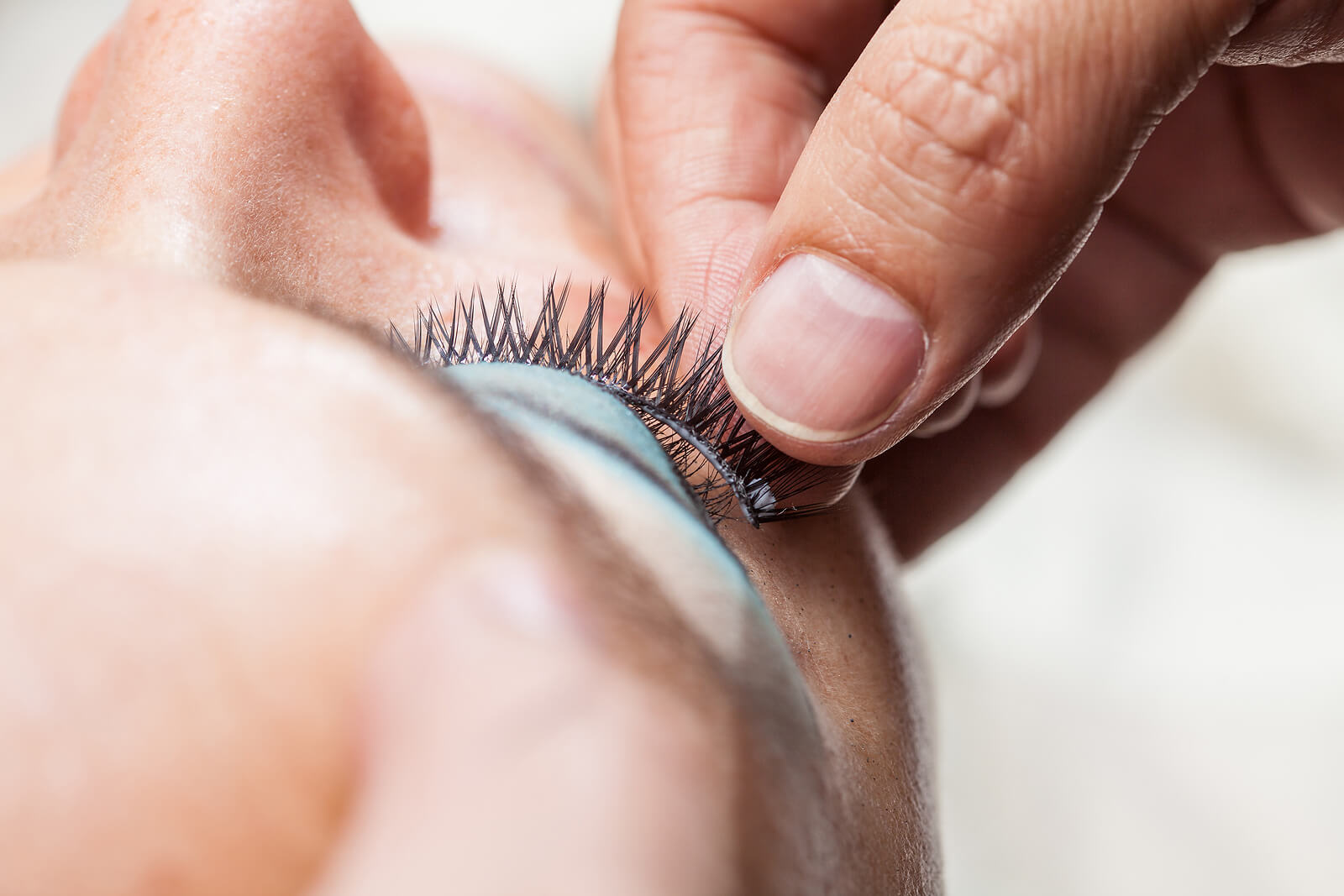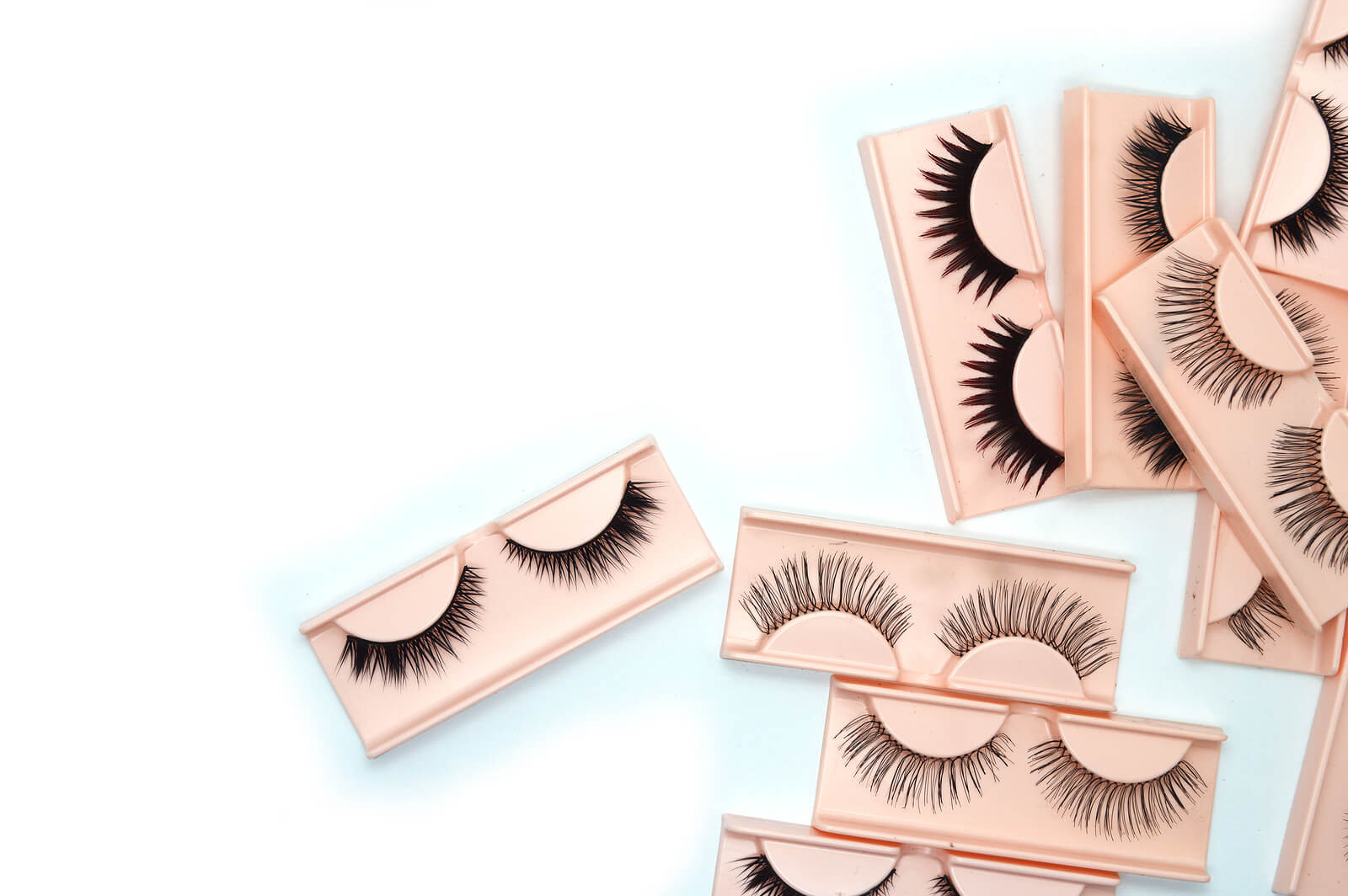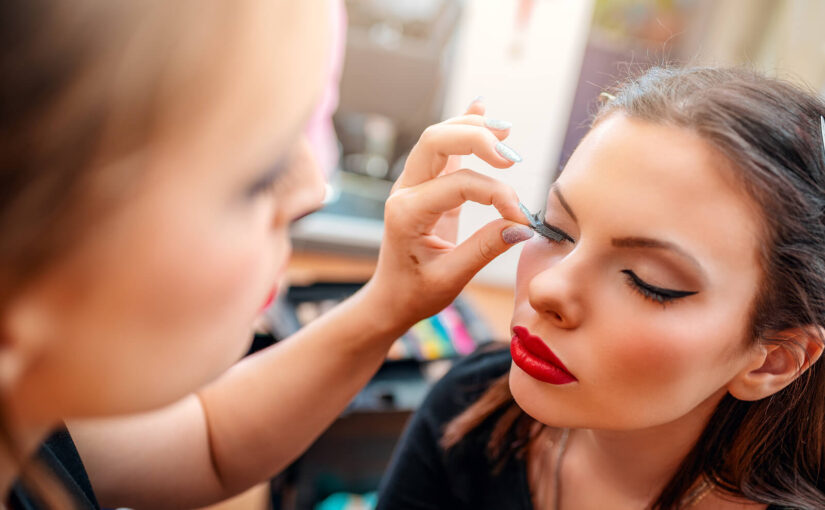False lashes are fun to wear and add instant drama and flutter to the eyes. A glamorous option for special occasions, they have also become integral to some people’s daily makeup routines.
Unfortunately, this style boost has a hidden environmental cost. False lashes are typically used once and thrown away, contributing to the planet’s growing waste problem.
Join us as we discuss enhancing your eyes without harming the natural world. We’ll explore eco-friendly false lashes, highlight greener alternatives, and share tips on how to clean and reuse single-use lashes.
False lashes and the environment
Most false lashes are crafted from a plastic called polybutylene terephthalate (PBT) or animal furs like mink or sable.
Plastic lashes are non-biodegradable and unrecyclable. They often end up in landfill sites, releasing harmful chemicals that contaminate the soil and gases that contribute to climate change.
Fur lashes are biodegradable but have significant ethical concerns as animals are killed for their fur. Similarly, silk lashes aren’t cruelty-free — they require boiling silkworms alive to harvest the silk. These lashes are biodegradable but expensive.
Beyond the product, false lash packaging often contains single-use plastic, so remember to check before purchasing.
Eco-friendly false lashes
Traditional false lashes aren’t eco-friendly, but minor changes in your beauty shopping habits can have a significant impact.
Strip lashes manufactured from recycled plastics offer a more sustainable option using fewer raw materials.
The world’s first recycled lash brand, Eyecha Lashes, uses up to 60% recycled materials in its products. Partnered with One Tree Planted, the company plants trees for reforestation, while its strip lashes are designed for 15 uses.
Magnetic lashes, produced for heavier use, are another eco-conscious option to add volume and length to your natural lashes.

Eco-friendly false lash alternatives
Transitioning away from a false lash habit may seem daunting. But substitutes can deliver similar results.
Explore these eco-friendly alternatives to maintain beautiful lashes while minimising your ecological footprint and contributing to a more sustainable beauty routine.
Eyelash curlers
Despite their intimidating appearance, eyelash curlers are quick and easy to use with practice. Once you invest in a pair of curlers, which are typically affordable, you’re set. No additional waste is produced, so they’re an excellent eco-conscious choice.
Fibre mascaras
Fibre mascara can create a more dramatic look than standard mascara by fanning out and significantly lengthening each lash.
While this mascara costs more than a regular one, the striking results are often worth it. It also produces minimal waste compared to strip lashes. You can intensify the effect by curling your lashes before applying the mascara.
Remember to recycle the mascara tube when it’s empty. Clean and sanitised mascara wands have many uses, from taming unruly brows to touching up roots and exfoliating lips.
Lash lifts
A lash lift is like a perm for your eyelashes. It creates a curl that lasts six to eight weeks without maintenance.
Pairing a lash lift with a lash tint enhances the effect, adding more darkness to better frame the eyes. You can enjoy striking, mascara-free lashes for up to two months.
This treatment combination has a higher initial price but minimal daily cost and waste.
Eyelash growth serums
Nourish what you already have with an eyelash growth serum. These products claim to boost growth rates, strengthen, protect against breakage, enhance length and curl, and improve shine.
While lash serums are generally safe, we’d recommend checking with your doctor before use. For example, most lash serums aren’t recommended for those who are pregnant or breastfeeding.
Consider the packaging when purchasing. Aim for serums with minimal, recycled, or recyclable packaging to reduce your environmental impact.
How to clean false lashes for reuse

False lashes are a fantastic way to instantly elevate your eyes, seamlessly transitioning from daytime to evening makeup.
Despite a hefty price tag, most people wear them once and discard them. However, you can easily extend your false lashes’ life to benefit your wallet and the planet.
Step one: Remove the lash glue
Removing leftover glue from previous use is essential because glue-covered lashes can’t be effectively cleaned.
Gently pull the glue with high-quality tweezers while holding your lashes firmly — avoiding tension between the individual lashes and the band they’re attached to.
Depending on the adhesive used, the glue may come off in one go, or you might need to remove multiple dried sections.
Step two: Clean the lashes
During use, false lashes build up natural oils and mascara residue, so thorough cleaning is necessary after each wear.
To remove mascara, firmly hold the lashes by the band and use a clean spoolie to run micellar water through them. For heavily applied mascara, place the lashes on a table, hold the band, and gently wipe the lashes from root to tip with a reusable makeup-removing pad soaked in micellar water. Flip the lashes over and repeat the process on the back.
Continue using different areas of the pad until it appears clean after wiping the lashes. To aid future reuse, apply mascara to false lashes sparingly, as excessive mascara can affect their longevity.
Step three: Dry the lashes
After cleaning, gently pat the lashes with a soft, microfibre cloth to remove excess liquid. Then, leave them to air dry naturally.
Step four: Store the lashes
Once your lashes are completely dry, brush through them with a clean spoolie and return them to the original box. Storing the lashes in the box protects them and maintains their shape.
For further reading on sustainable beauty practices, explore our beginner’s guide to zero-waste make-up.
